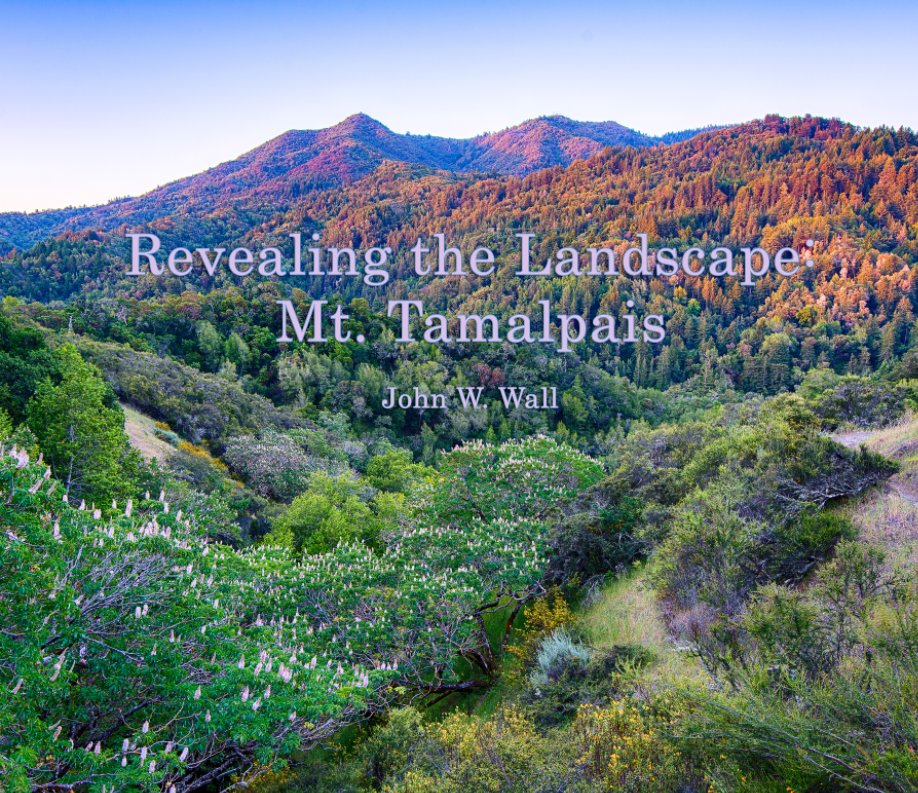 |
| Young Raccoon, North Lake |
When I saw the mama raccoon come out of the bushes just as I rolled across Chain of Lakes Drive into the entrance at North Lake, I swung off my bike, pushed down the kickstand, and dug my camera out of the trunk bag. I'd been hoping to see a coyote today, but raccoons would do, and the cute-factor with junior tagging along was a bonus.
It also took my mind off the hazard of crossing Chain of Lakes Drive, where it's hard to see if the coast is clear, especially while trying to avoid ruts in the trail as you go around the closed gate.
 |
| This crossing has become more hazardous with increased traffic since the Upper Great Highway closed to cars. There isn't great visibility at the intersection (red circle) when you're coming down the hill, and I'd like to see signage and a crosswalk put in there. |
 |
| In early October I wondered if this baby raccoon had been hit by a car while trying to cross at the same place. |
 |
| The raccoons today emerged from dense cover ... to do what, I wondered. Were they going to cross Chain of Lakes Drive? Were they just making their way around the lake? |
 |
| Ah yes, of course. Just making the rounds. |
 |
| Unfortunately for the raccoons, the spilled garbage appeared to have been picked over already, and they didn't find anything to eat. |
 |
| Instead of continuing around the lake, the raccoons headed back the way they came. |
 |
| Back into the dense undergrowth, with junior in the lead. |
 |
| Yes, I am still following you. (Note its backlit toenails.) |
 |
| The raccoons were both unperturbed by me, and did not approach me to beg, which hopefully means they are still used to people, but are no longer as dependent on direct hand-outs (which used to be very common at North Lake). |
Getting into the Thicket of Things
 |
| Since I had my camera out already, I decided to snap a photo of the night herons. I only saw two, and the adult was sleeping, so I photographed junior who was awake and preening. |
 |
| And jaw-stretching. |
 |
| I'd been wondering if or when I might see the seasonal Say's phoebe at the Balboa Natural Area this year, and today I finally did. I'd have missed it if I hadn't stopped to check up on one of the red-tailed hawks who hangs out in the area. |
 |
| At one point the phoebe regurgitated this shriveled up insect (looks like a half-digested grasshopper), but held it in its beak. I couldn't tell if it eventually dropped it or swallowed it back down. |
 |
| This resident red-tail was not the banded brother. I'd only been watching it for a few seconds when it swooped down, seemingly to pounce on something on the other side of a small dune, but swooped back up again and landed on a new light pole. Shortly afterward, the Say's phoebe darted out from behind that dune and flew like a shot toward the ocean, then out around the Cliff House. I wondered if the red-tail had spooked it into leaving the area. |
A bunch of pelicans were frolicking close to shore, which is unusual. Of course, they all flew away shortly after I started to record them. I knew I couldn't have been the cause of their leaving, though. I was too far away. But I soon saw who did chase them off. Yep, the usual suspects.
The rock on the right doesn't always have so much bird activity. Farther out, some of the birds seemed to enjoy soaring in the wind more than hanging out on the rocks.
* * *


































































